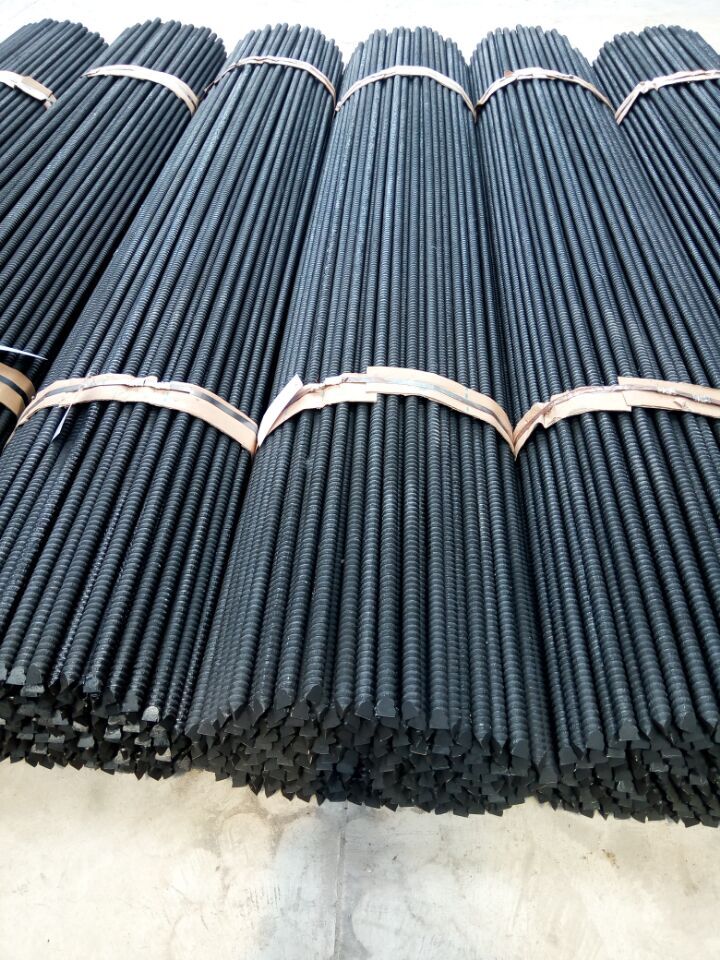- March 29, 2024
- Posted by: wellcoindustries
- Category: Rebar
Using hemp rope to make fiberglass rebar is not a typical application or process. Fiberglass rebar, as its name suggests, is primarily made from fiberglass, a material composed of extremely fine fibers of glass. It is manufactured through a process where the glass fibers are pulled, woven, or braided and then impregnated with a resin, often polyester or epoxy, to bind them together and form a material that can be shaped into rods of various diameters. This process ensures the rebar’s strength, durability, and resistance to corrosion, which are essential properties for reinforcing concrete in construction projects.

Hemp rope, on the other hand, is made from the fibers of the hemp plant. While hemp fibers are known for their strength, flexibility, and environmental benefits, they do not possess the same properties as glass fibers, such as the ability to bond with resin in a way that retains structural integrity under the loads and conditions experienced by rebar in concrete structures.
However, hemp fibers are being explored for use in composite materials as a more sustainable and environmentally friendly alternative to synthetic fibers in certain applications. These applications include biocomposites for automotive parts, building materials, and potentially as a reinforcement material in “green” concrete where the conditions allow. Yet, in the context of replacing fiberglass in rebar specifically, there would be significant challenges in terms of structural performance, durability, and safety standards that hemp fibers alone would not be able to meet without significant modification or combination with other materials to ensure the composite can perform similarly to traditional fiberglass rebar.
While innovative materials and manufacturing processes are continually being developed, using hemp rope directly to make fiberglass rebar is not a feasible option with current technologies and material properties. Instead, research into bio-based composites might offer future alternatives that incorporate hemp or other natural fibers for certain applications where the unique properties of these materials can be effectively utilized.
